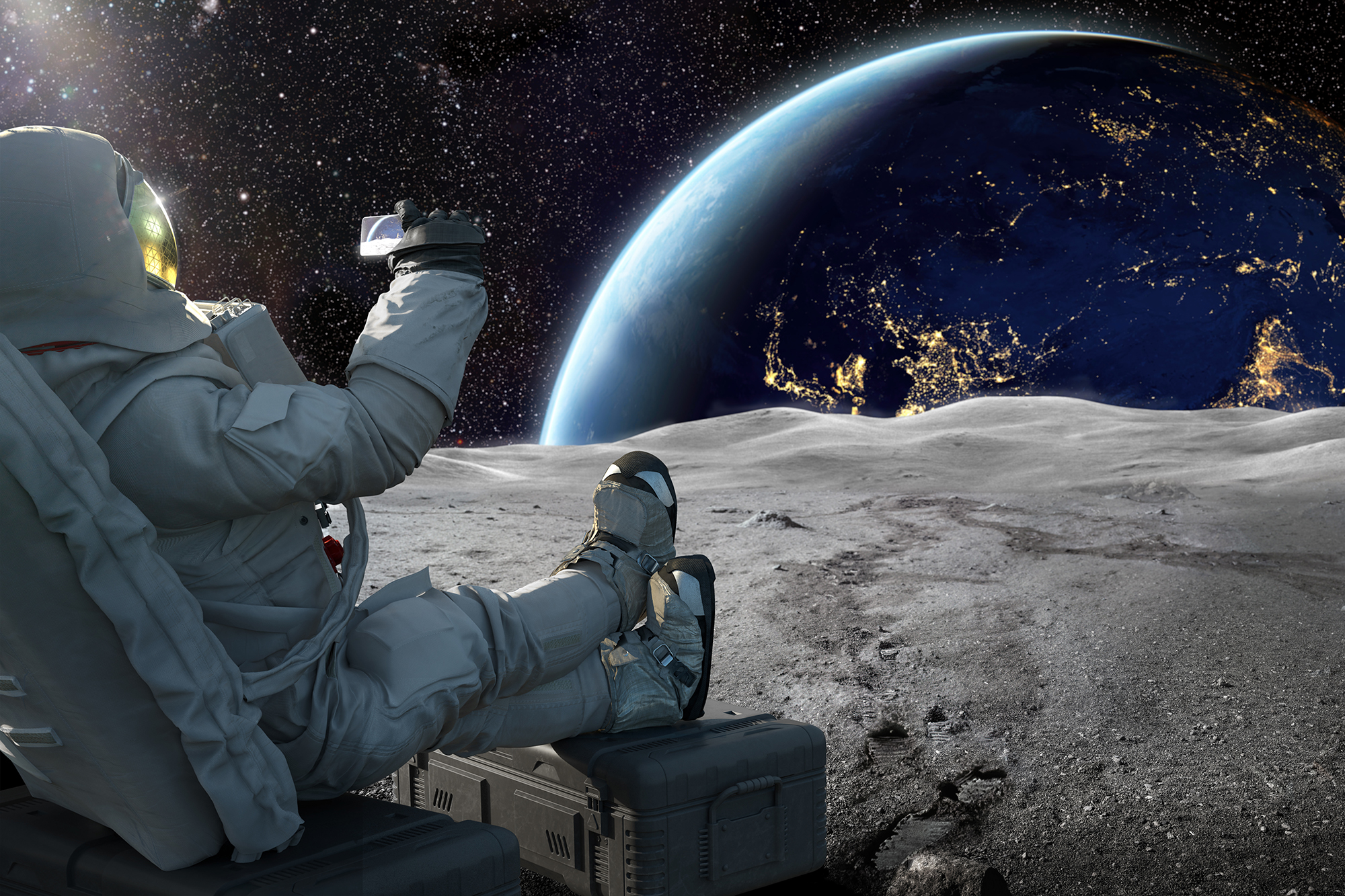In the ever-expanding realm of technology, where the speed of information is crucial, an unexpected factor has emerged as a subtle influencer on internet connectivity—the Moon. While it may seem counterintuitive, researchers have discovered that the gravitational forces exerted by our celestial neighbor can have a measurable impact on undersea internet cables, creating a phenomenon known as “Lunar Lag.”
Beneath the Waves: The Global Web of Submarine Cables
Before delving into the lunar connection, it’s essential to understand the backbone of our interconnected world—the vast network of undersea fiber-optic cables that crisscross the ocean floor. These cables form the lifelines of global internet communication, enabling the seamless transfer of data between continents.
Tidal Tugs: The Moon’s Gravitational Dance
The Moon’s gravitational influence on Earth is most evident in the rhythmic rise and fall of ocean tides. However, the Moon’s gravitational tug extends beyond just the water’s surface—it affects the entire planet, including its solid crust. This phenomenon is known as Earth tides, and it introduces a dynamic element into the seemingly static undersea landscape.
Stretching and Shrinking: The Lunar Impact on Cable Length
As the Moon orbits Earth, its gravitational forces cause subtle but measurable shifts in the Earth’s crust. This includes the undersea cables laid on the ocean floor. The cables experience periodic lengthening and shortening, responding to the gravitational ebb and flow influenced by the Moon’s position.
Tidal Strain and Data Delay: The Lunar Lag Effect
The changes in cable length, induced by Earth tides driven by the Moon, are minuscule—mere fractions of an inch. However, in the world of high-speed data transmission, even these tiny fluctuations can lead to what researchers call “tidal strain.” This strain affects the signal propagation speed within the cables, introducing a slight delay in data transmission.
Quantifying the Lag: How the Moon Affects Internet Speed
Researchers from institutions such as the University of California and the Paris Observatory have delved into the quantifiable impact of Lunar Lag on internet speed. Their studies reveal that during certain lunar phases, when the Moon is closest to the Earth, the tidal strain can cause data transmission delays of a few milliseconds. While imperceptible to the average user, these delays can accumulate across vast distances and affect critical applications like financial transactions and real-time communication.
Mitigating the Moon’s Influence: Cable Design and Routing Strategies
In response to the lunar-induced challenges, engineers and scientists are exploring ways to mitigate the effects of tidal strain on undersea cables. This involves innovative cable design and routing strategies that account for the dynamic nature of the ocean floor and its response to lunar gravitational forces.
Looking to the Future: Lunar Lag in the Age of High-Speed Internet
As demand for faster and more reliable internet connectivity continues to surge, understanding and managing the nuances of Lunar Lag become increasingly important. While the impact of the Moon on internet speed may be a quirk in the grand tapestry of technological evolution, it serves as a reminder that even the celestial bodies above can influence the digital landscapes we navigate daily. The Moon’s subtle dance with our undersea cables adds a touch of cosmic complexity to the intricate web that keeps our interconnected world spinning, one byte at a time.

